How to Care for your Diving Hair - Scuba Styles and Tips for Long Locks
Hair can be a hassle for divers for many reasons. Not only can it get caught in our equipment and cause our mask to leak but diving can also damage our hair.
Thankfully there are more than a few ways to keep your hair under lock and healthy with these hair care, styles and accessories.
Disclosure: Some of the links in this post are affiliate links. This means if you go through them to make a purchase we will earn a commission. Our aim is to help our readers through these links so everything we promote will be high quality products we personally believe in.
Diving Hair Care
Healthy hair is moisturised hair as, just like our skin, its water content helps to make it stretchy and elastic. If hair looses too much of its moisture then it can become dry, damaged, dull and tangled.
Sadly some of the easiest ways to dehydrate our hair is with salt water, sun and even chlorine. All side effects of what i’m assuming is all of our favourite hobby; scuba diving.
So to make sure your hair isn’t getting too dried out on a dive day there are a few things you can do both before and after you get in the water.
Fresh Water
One simple way to protect our hair is to saturate it in fresh water beforehand. This prevents salt water from being absorbed into the cuticle and drying it out.
Also the longer you let salt water soak into your hair after a dive, the worse the effects. So to prevent your hair becoming a dry tangled mess, its a good idea to give it a good rinse in fresh water as soon as you can and also between dives. Even if it’s just a squirt from your water bottle.
Natural Oils
The easiest most natural way to retain your hairs moisture is by not shampooing it beforehand. This way the natural oils in your hair can do what they do best and protect it. All without you having to go to too much extra effort either!
Hair Oils
One of the most preferred methods for caring for dive hair is by using hair oils. Coconut oil is the most readily available and cheapest option many divers swear by as it not only penetrates the hair shaft but also coats each strand to prevent frizz and tangling. You can pretty much find coconut oil in any supermarket or drug store.
However my personal favourite and if you haven’t tried it yet is Argan oil. This ‘liquid gold’ as it’s known is a bit lighter than coconut oil which can leave some hair types heavy and greasy. It is also packed with vitamin E which helps hair grow faster and stronger, plus it smells amazing. It is slightly more expensive than coconut oil however a little does go a long way. So if you haven’t tried it yet then I would definitely recommend! You can even get it in eco-friendly glass bottles.
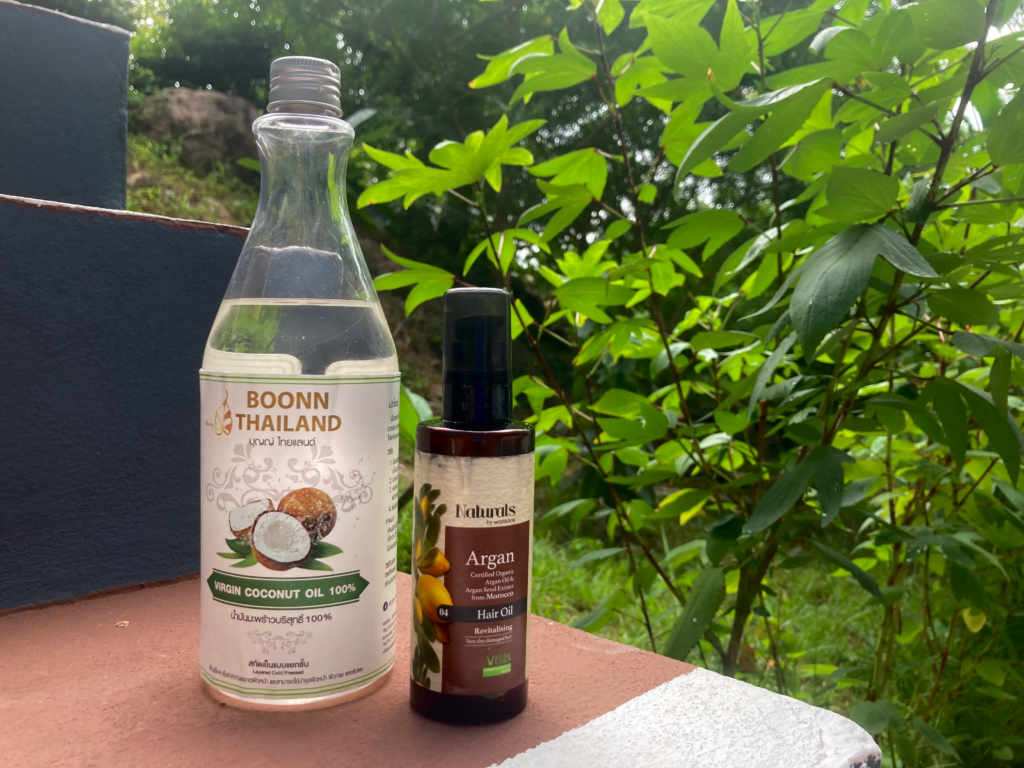
You can use hair oils both before and after diving however just be aware that if applying it to wet or damp hair it can be difficult to tell when you have used too much. Meaning when your hair drys it could be a little oilier than you like it. My advice is to either wait until your hair is pretty much dry before applying or experiment and get to know exactly how much your hair requires.
Leave-In Conditioner
Last but not least we have leave-in conditioner. This works in a similar way to your hair oils and acts as a barrier to prevent salt water absorption.
Leave-in conditioner can be applied both before and after a dive to moisturise and help with detangling. However if you decide to go down this route then just make sure to choose products that are reef safe.
If in doubt then Stream2Sea offer a wide variety of reef safe products, including leave-in conditioner. Additionally try to apply the product at least 20 minutes before going diving as this can prevent it leaking into the water.

Brush your Hair
One thing I had no idea about before getting into diving is that hair is more fragile when wet. In fact when our hair is wet its actual structure changes. You see hydrogen bonds which are responsible for creating various textures break as soon as water touches them but build back up once hair dries again.
As these bonds are weaker when wet it actually makes our hair a lot more fragile than when it’s dry. This does make it easier to detangle but it also means if not handled carefully it can make our hair more susceptible to damage.
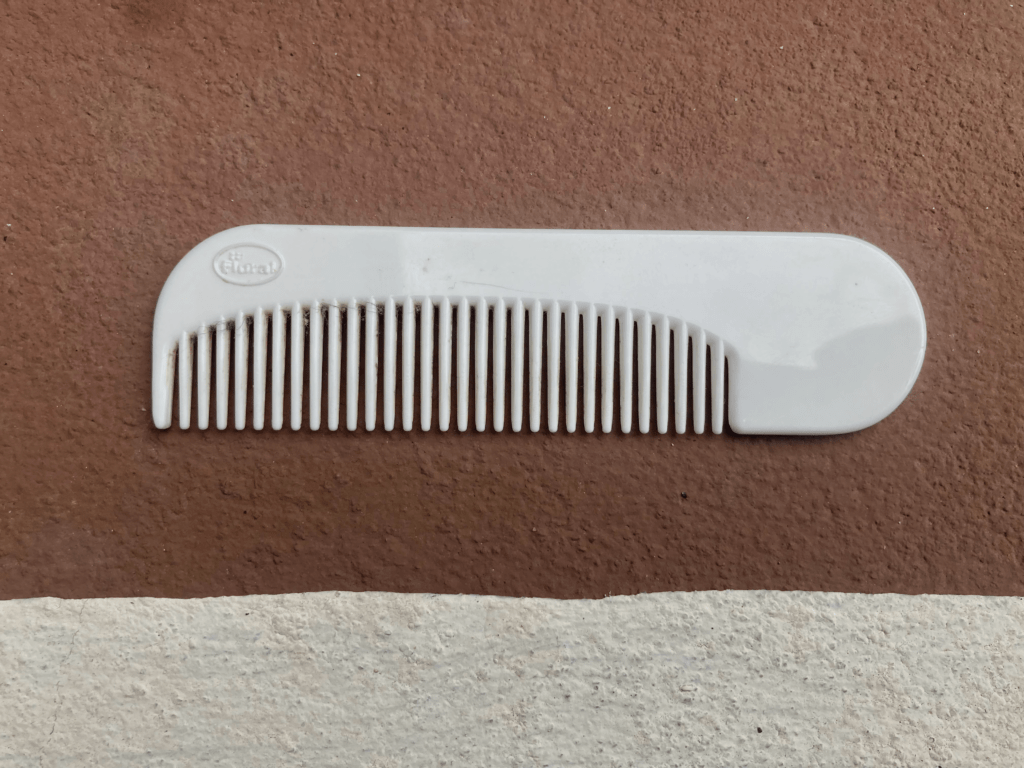
Best practise is to apply a treatment (conditioner or hair oil) if you are using them then start from the ends and work your way up. Using a wide tooth comb or detangling brush is also preferable to a regular brush which can also cause more damage.
TIP: Make sure you can keep your diving hair from becoming a mess by keeping your preferred treatment and a comb in your save a dive kit for easy access.
Diving Hair Styles
To the more serious scuba diver, diving hair styles may seem like a small worry. However in reality diving hair can be a huge distraction and also potential hazard if it’s left free floating.
So to keep your hair under control then these hair styles that are a great go to for any diver. Just remember to leave a space on your head for the mask strap so style it super high or super low.
Ponytail
A ponytail has to be the quickest simplest scuba diving hair style. However this traditional look comes with a few disadvantages.
Number one being that they tend to loosen easily which not only causes the mask strap to slip around on the head but also could cause you to loose your hair tie completely. Thus creating an unmanageable mane for you and adding more trash for the oceans.
TIP: Invest in some plastic free hair-ties in multicolour, blonde or brown.
Number two being that as most of your hair is loose it is much more likely to get tangled and not just with itself! Loose locks can also easily get caught up in the regulators first stage. This is not only potentially dangerous but has also led to unfortunate divers having to chop off a large chunk of their hair on the rare occasion.
So safe to say that if you decide to go for this diving hair then try and keep it under wraps with these styles.

Braided Ponytail
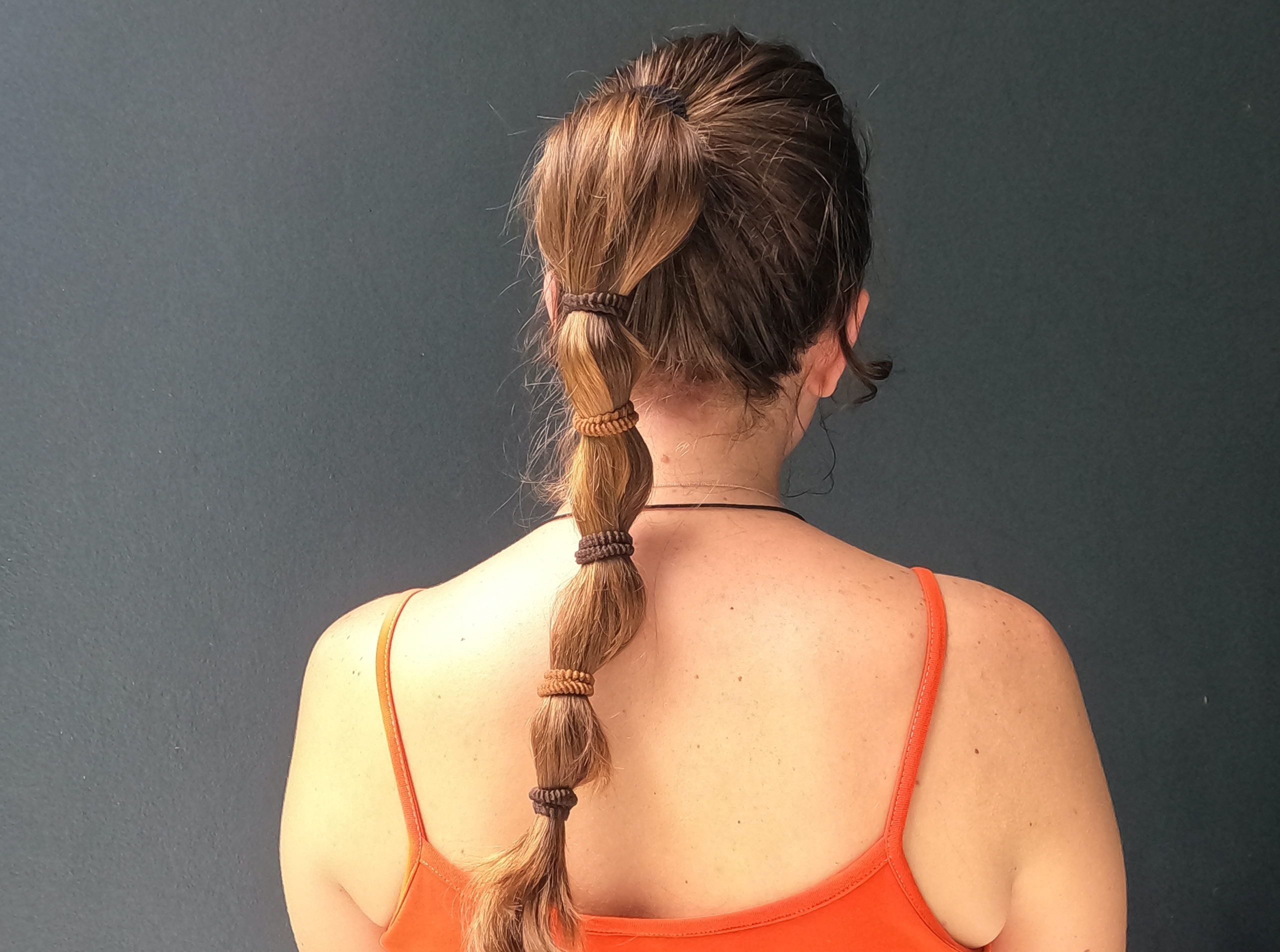
Banded Ponytail
Requires a few hearties depending on hair length.

Mermaid Ponytail
Requires a special hairband you can purchase from The Real Life Mermaid Shop. Click to find out more.
Bun
Often my go to for it’s ease and function is a simple bun. This not only keeps hair out of the way but is also a quick fix for those busy out on the boat.
However if you are looking for some extra peace of mind (there’s nothing worse than hair coming loose underwater) then try incorporating some of these styles. Plus grab yourself some corkscrew hair pins! You’ll thank me later.

Normal

Braided
I have found nothing more secure than a braided bun secured with corkscrew pins. Its my go to tech style where I can’t afford to be faffing around with hair.
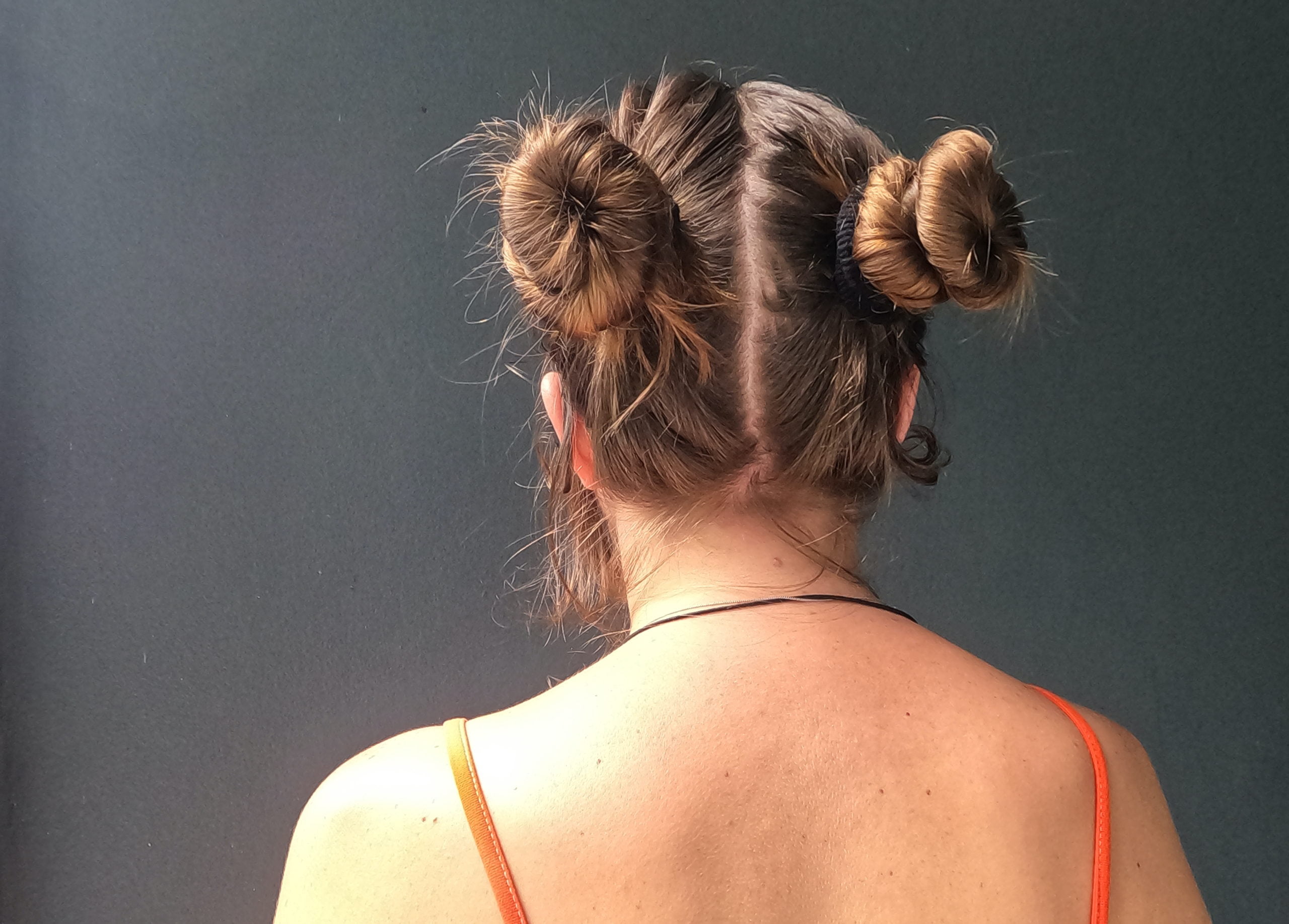
Space
(Can do braided space buns)
Braids & Bands
A more manageable and stylish look to go for is a braid or if you don’t have the time or technique, a banded hair style.
The major advantage of these diving hair styles is they keep the hair close to the head and don’t interfere in any way with the position of the mask strap. They are also a great option for those with short or layered hair. However due to the added intricacy they can also get quite tangled. To mitigate this make sure to rinse the braids in freshwater before you undo them.
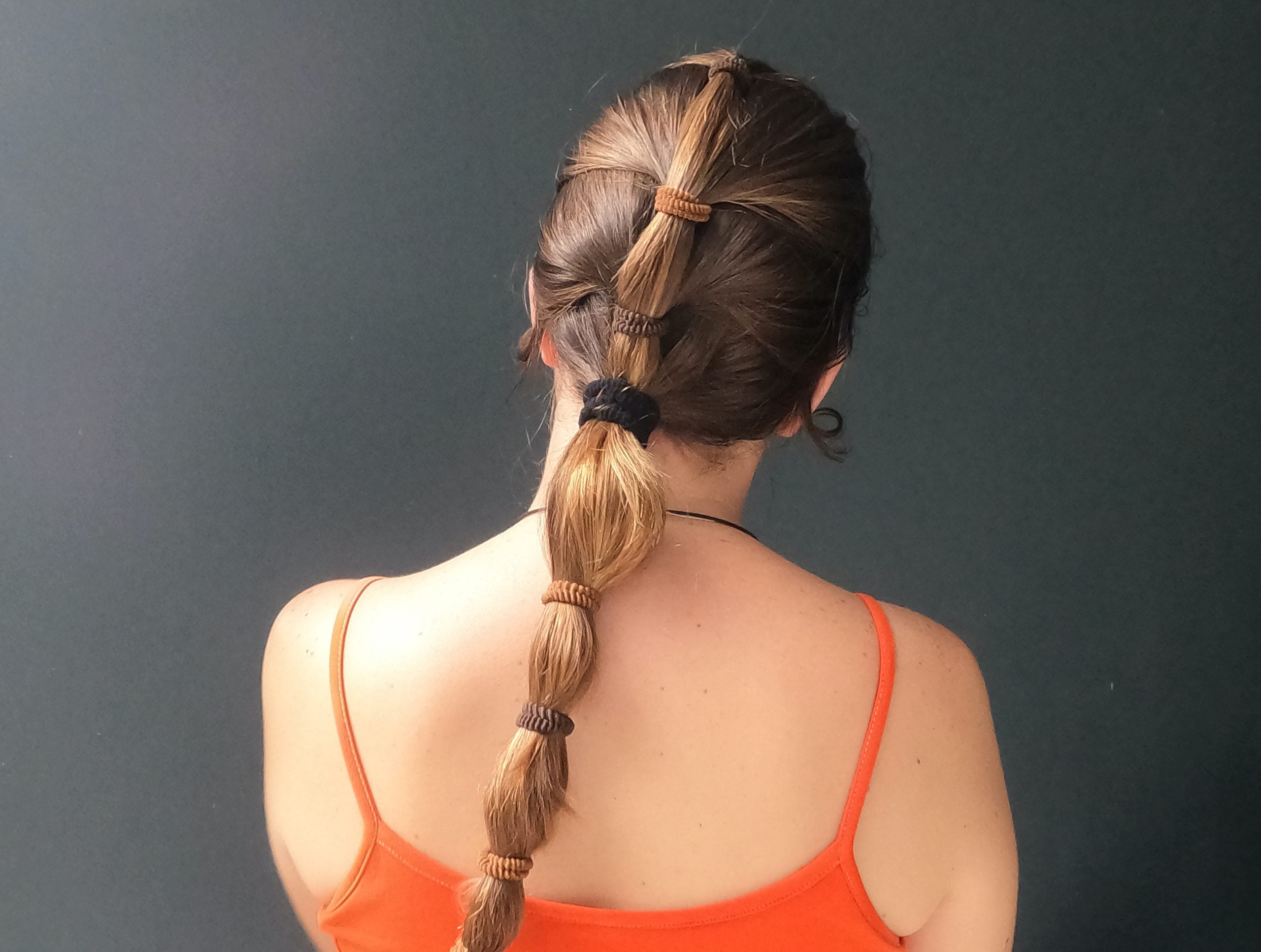
Braided/Banded Full

Braided/Banded Parted
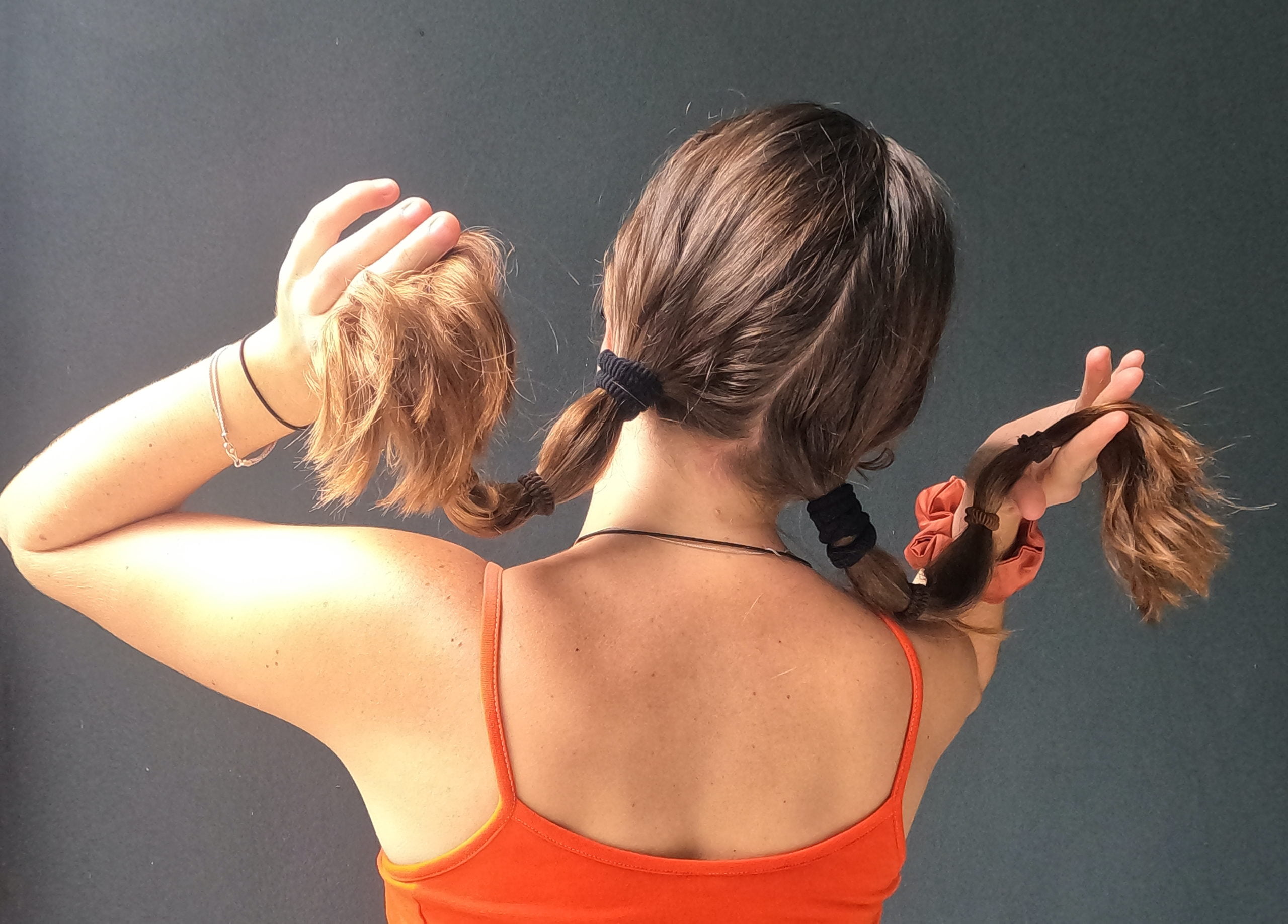
Braided/Banded Pigtails
Hoods & Headbands
If you have come this far and all else has failed you then hoods and headbands are the last solution. They work great for all hair lengths; both long and short. They also keep everything tightly under wraps which means your diving hair is way less likely to get tangled.

Headbands
Adding a headband to whatever diving hair style you have chosen can be a simple way to keep fly aways and baby hairs from getting in the way. However when choosing your headband make sure it is one that will hug your head and not float away the moment you're not paying attention. Click to check out the fun designs from Girls That Scuba.
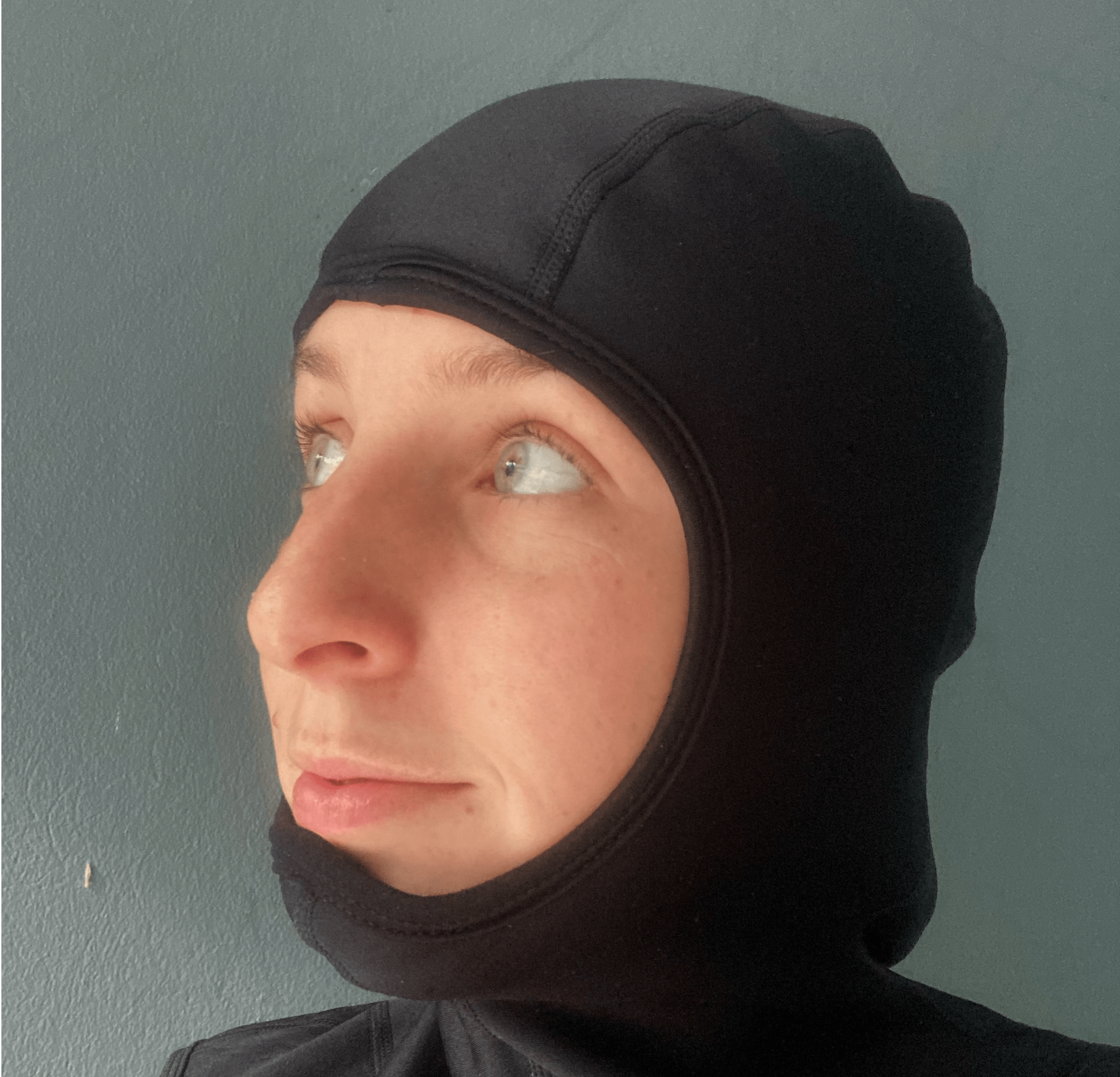
Hoods
Hoods can come attached to dive wear or you can buy them separately for use as and when you want. In fact in colder climates they may even be a must have.Low hair styles work best but in reality there is no need to tie up your diving hair at all with this option. Just slick your hair back or twist it into place and slip the hood over the top.
Diving Hair Tips
So before you go there are just two final tips I want to pass along.
Get a Mask Strap Cover
Also known as a slap strap or strap wrapper, a mask strap cover is essentially a neoprene sleeve which covers the rubber or silicone mask strap. Its primary function is to provide the wearer with comfort as it prevents the bare mask strap from grabbing and entangling hair. It also makes positioning the mask strap a hell of a lot easier.
It’s secondary function is to add a bit of style and personalisation to a divers wardrobe. For that reason there are many different styles you can find out there to fit you. The Girls that scuba ones being a nice colourful example.
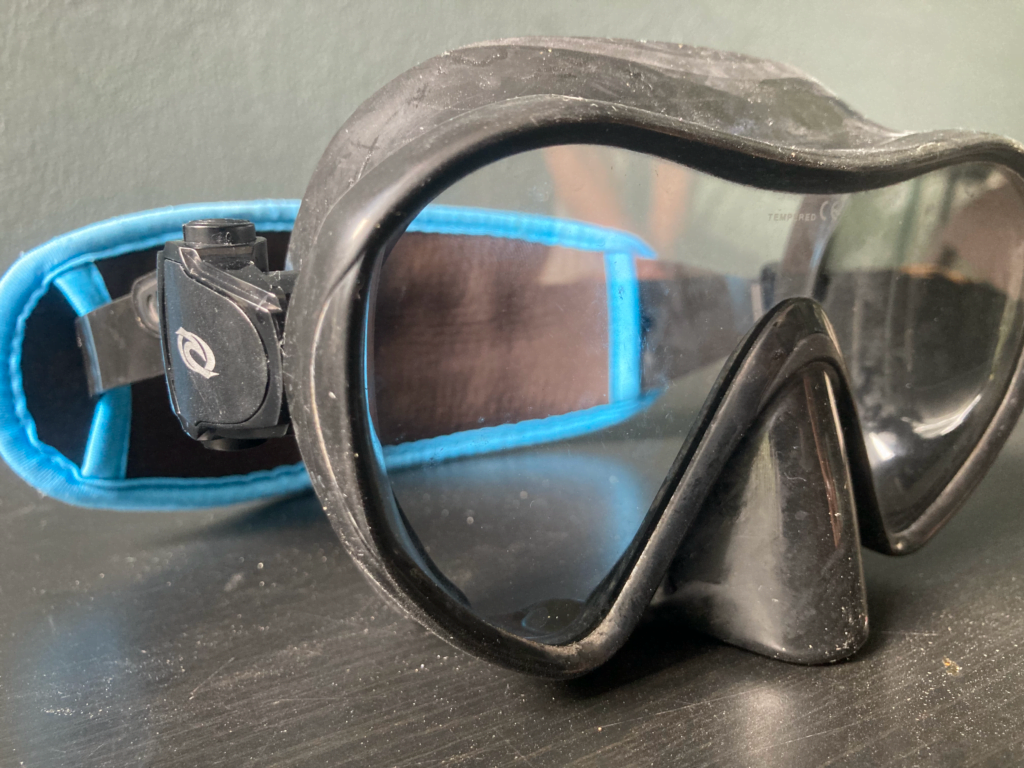
Swap the Snorkel Keeper
A tiny change which could make a big difference is swapping out your snorkel keeper. A lot of snorkels nowadays come with fancy complicated clips and clasps which are a nightmare for long hair.
If you have one of these on your snorkel then swapping it for a traditional figure of 8 snorkel keeper is a cheap and easy way to keep from tearing out your hair.
As I said in the beginning diving hair can be a hassle but hopefully with these tips and tricks that can be a thing of the past. As always leave a comment below if you have anything you have found useful for taming that mane and share this post to others who could find it useful.
Like this? Then help us grow a little and give it a share. Your voice is louder than you think!
Related Posts...
Want More?
Sign Up for updates straight to your inbox! Woohoo!

